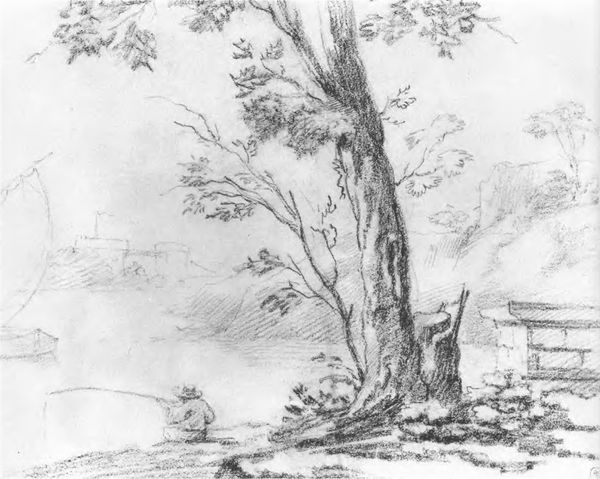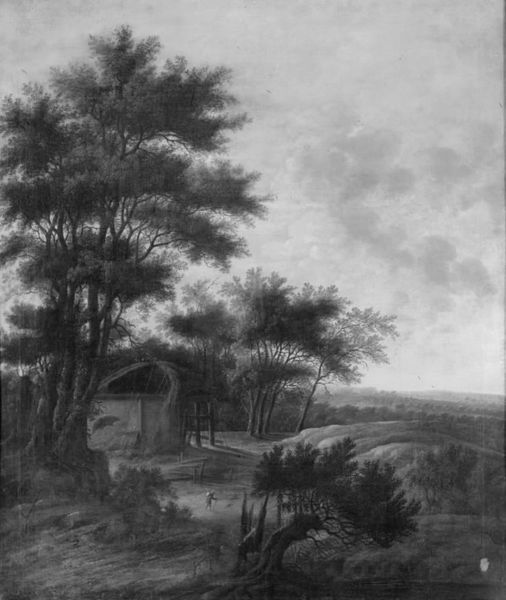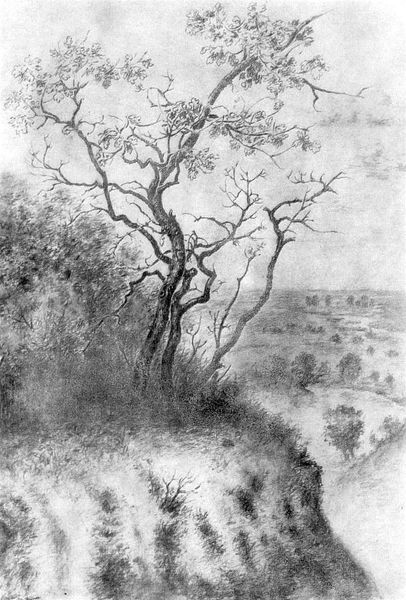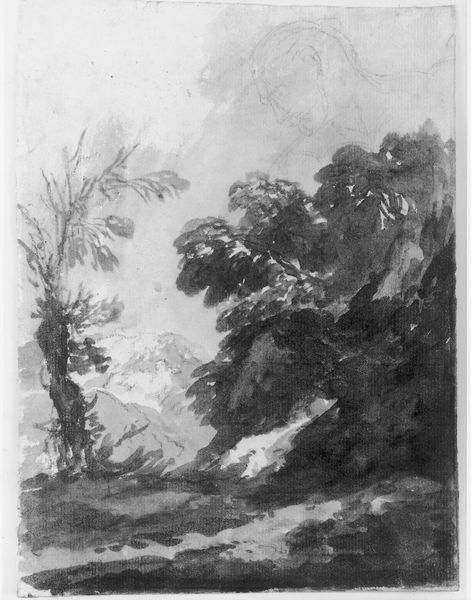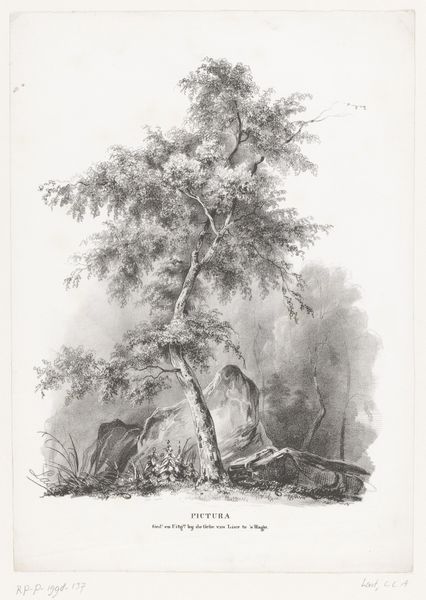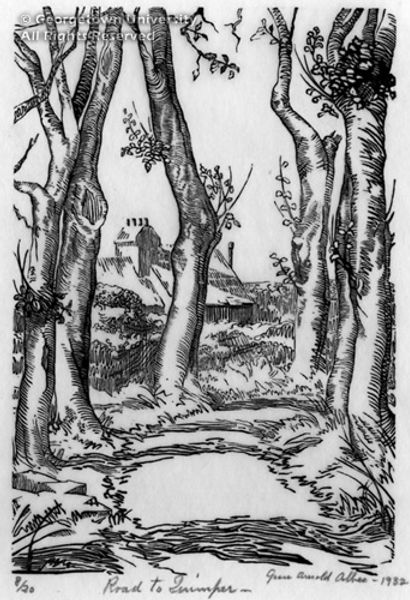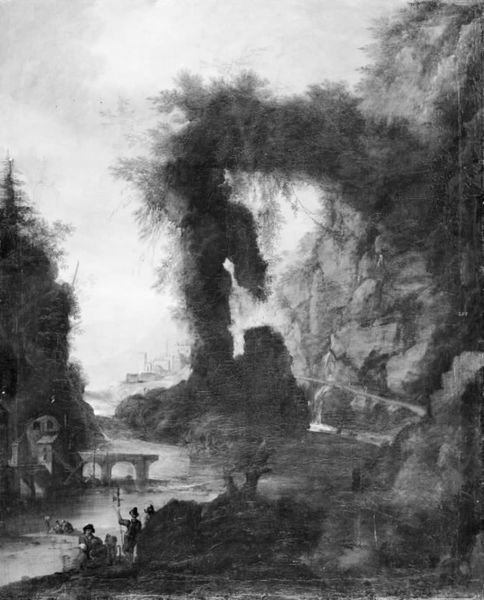
drawing, ink, pen
#
drawing
#
pencil sketch
#
landscape
#
charcoal drawing
#
ink
#
pencil drawing
#
pen-ink sketch
#
pen
#
northern-renaissance
Copyright: Public domain
Albrecht Altdorfer made this landscape with pen and black ink in the first half of the 16th century. This landscape is one of the earliest examples of autonomous landscape painting, meaning it’s not just a backdrop for religious or historical scenes but is the main subject itself. Altdorfer was working in Bavaria, Germany, in a period marked by religious and social upheaval during the Reformation. The church that you see is a symbol of the established order, and the landscape is of the natural world, a site of spiritual experience outside institutional control. Altdorfer was part of the Danube School, a group of artists who emphasized emotion and expression. His approach went against the prevailing norms of art academies, which taught idealized representations of nature. By exploring archival records of the period we can better understand how landscape painting became important.
Comments
No comments
Be the first to comment and join the conversation on the ultimate creative platform.
